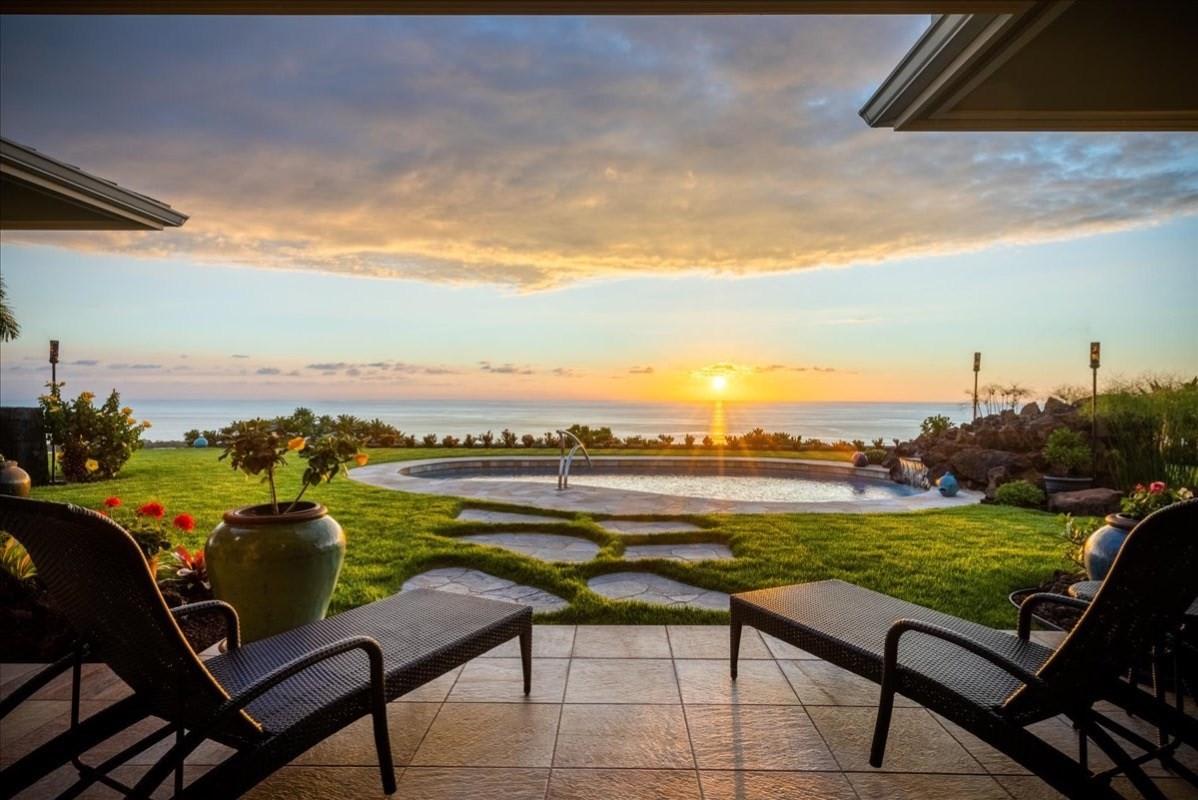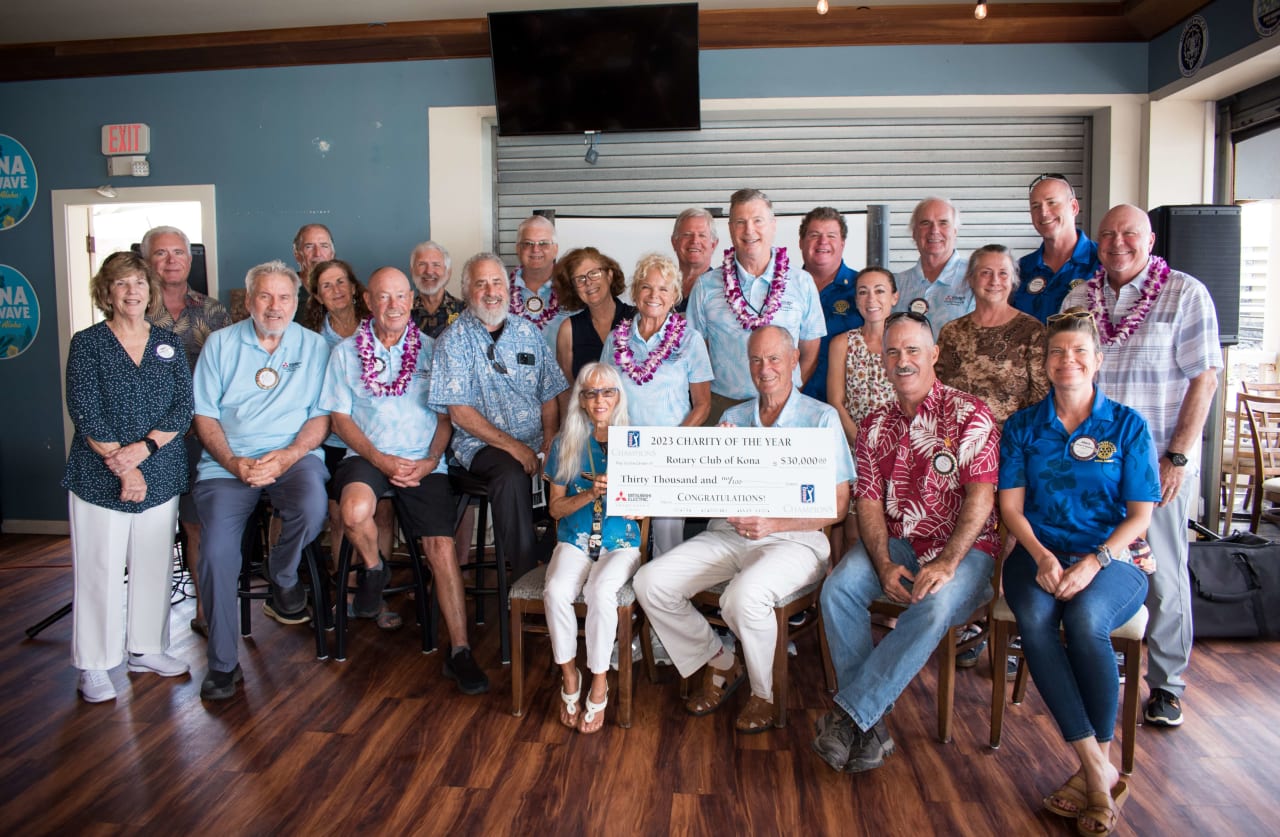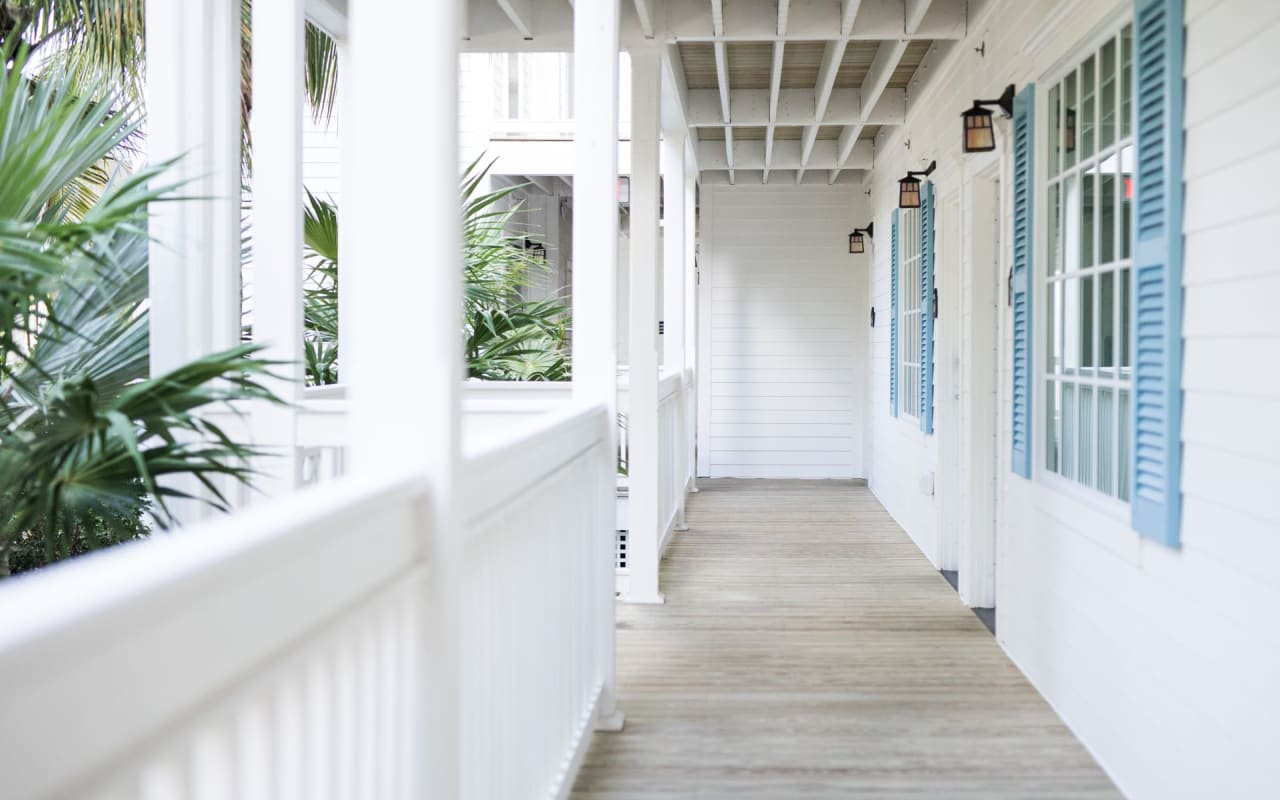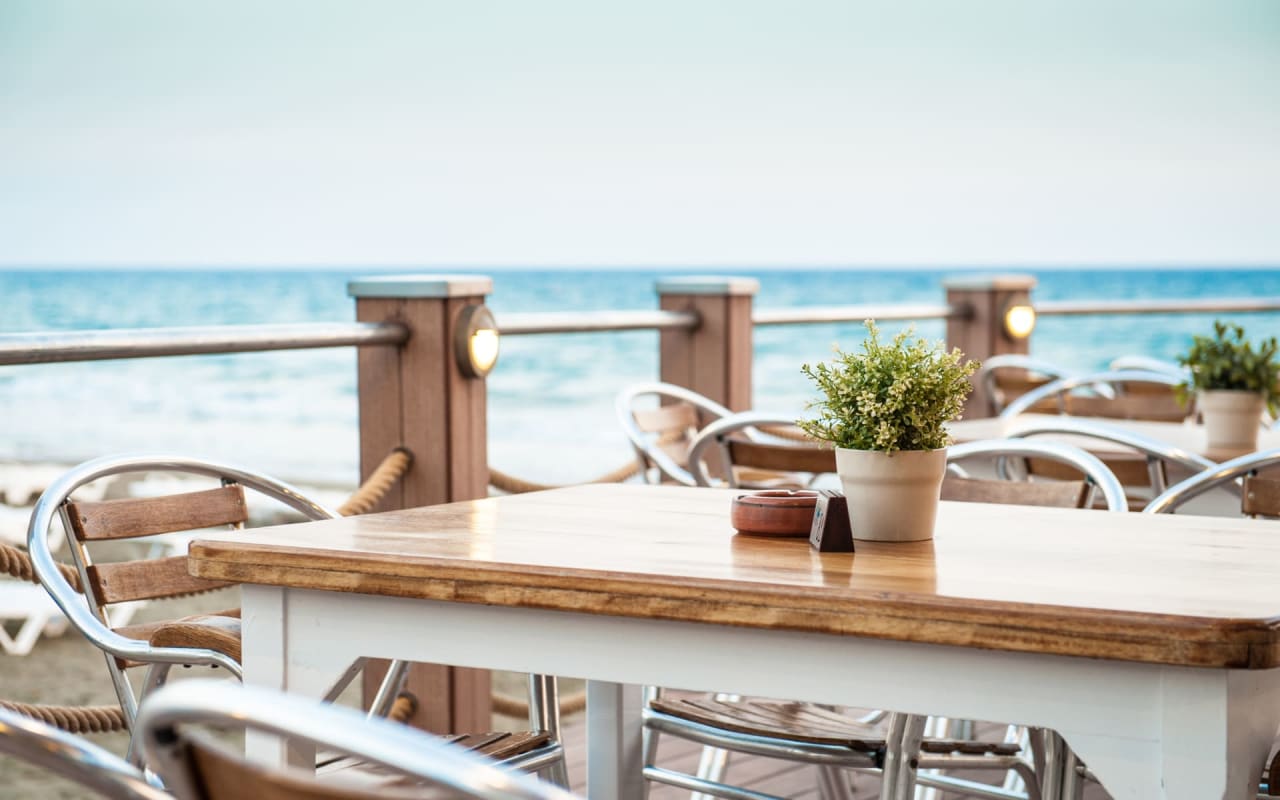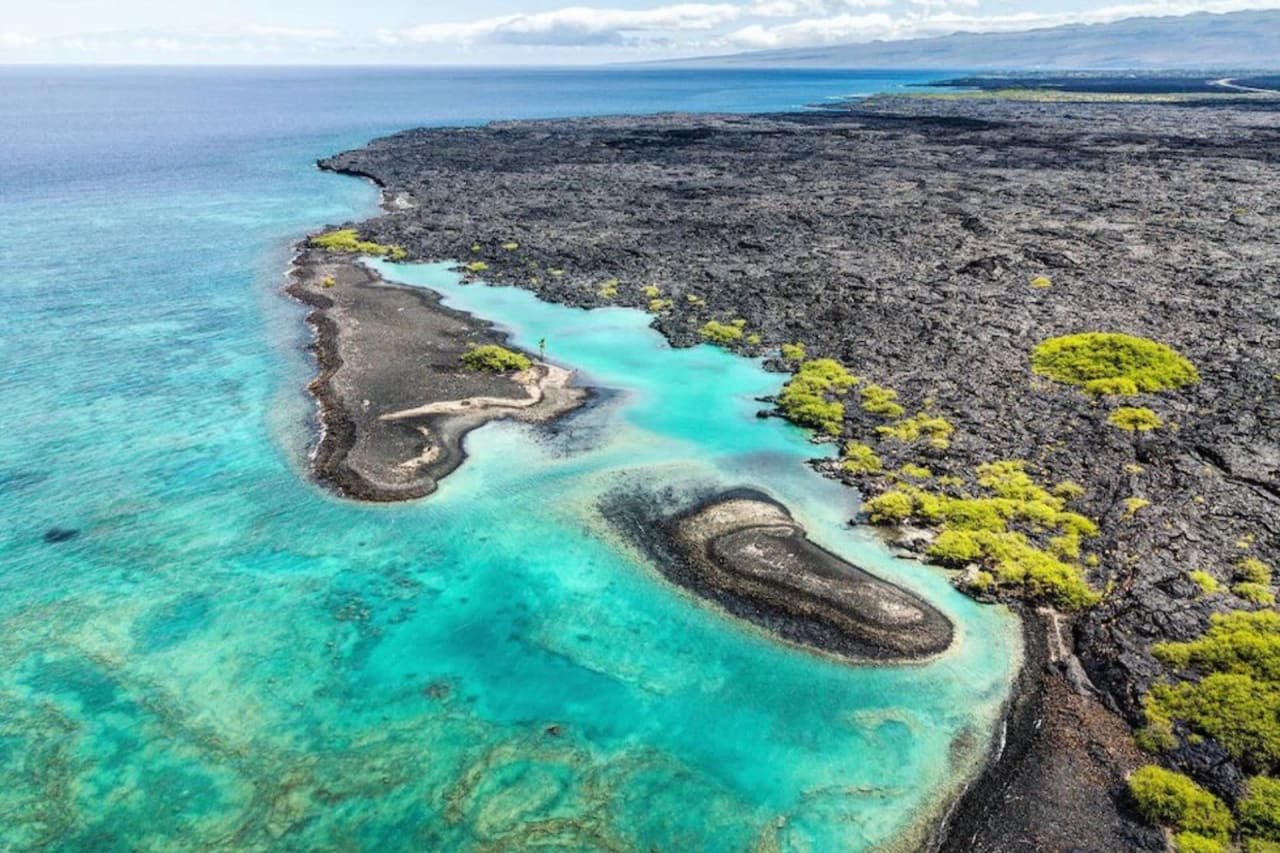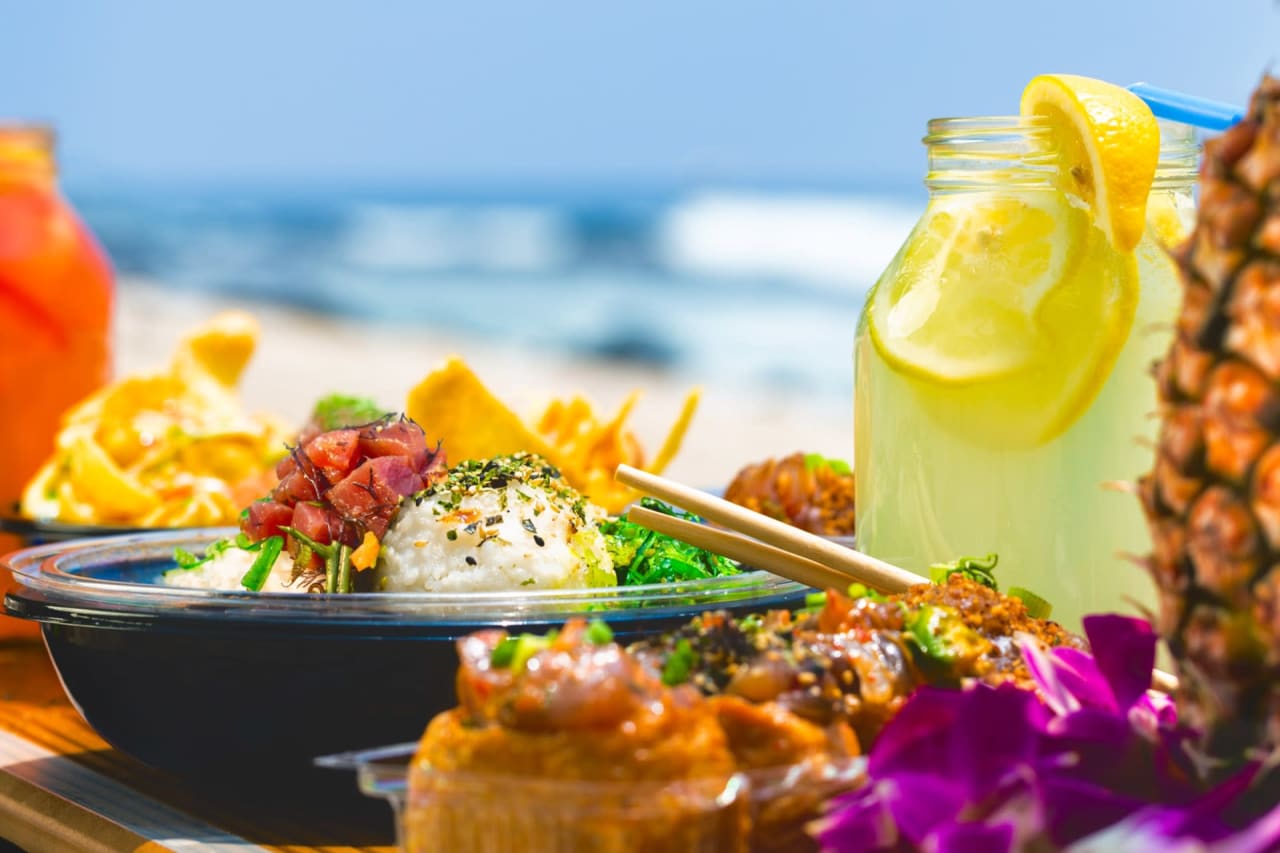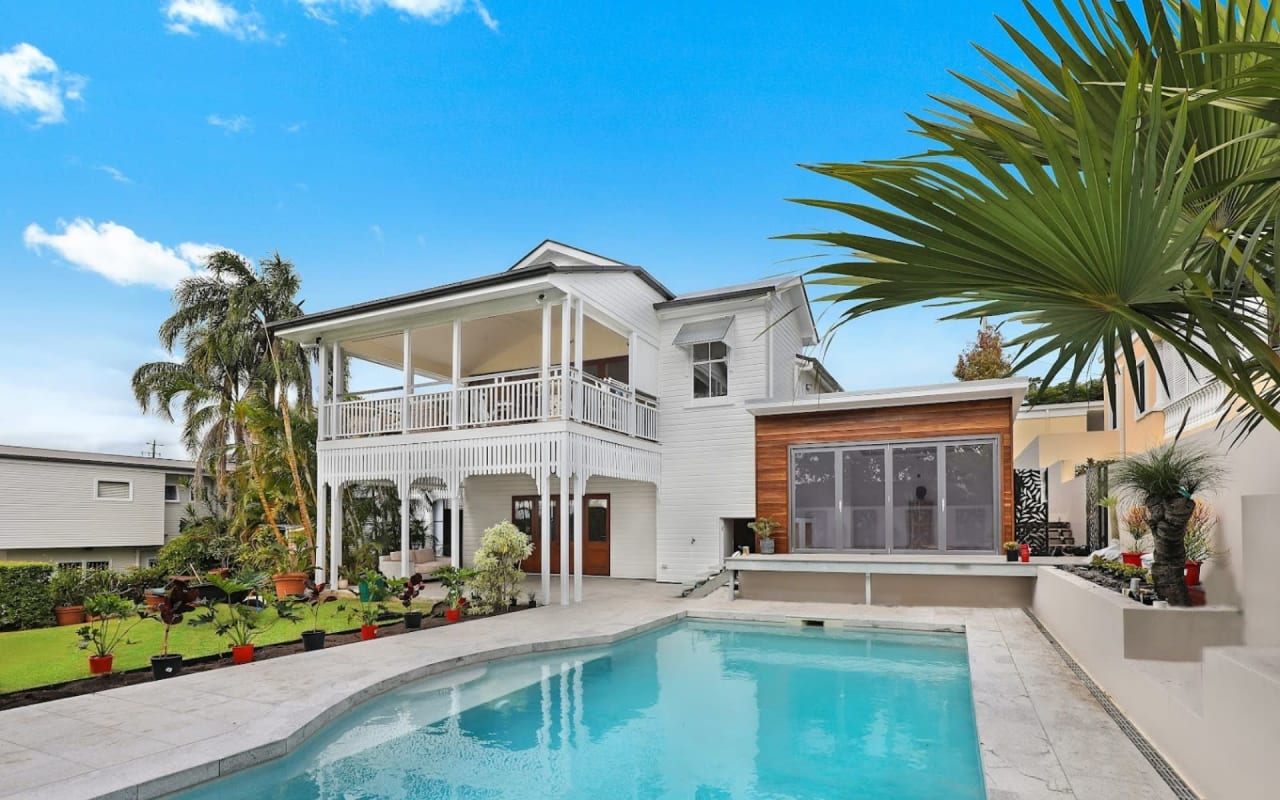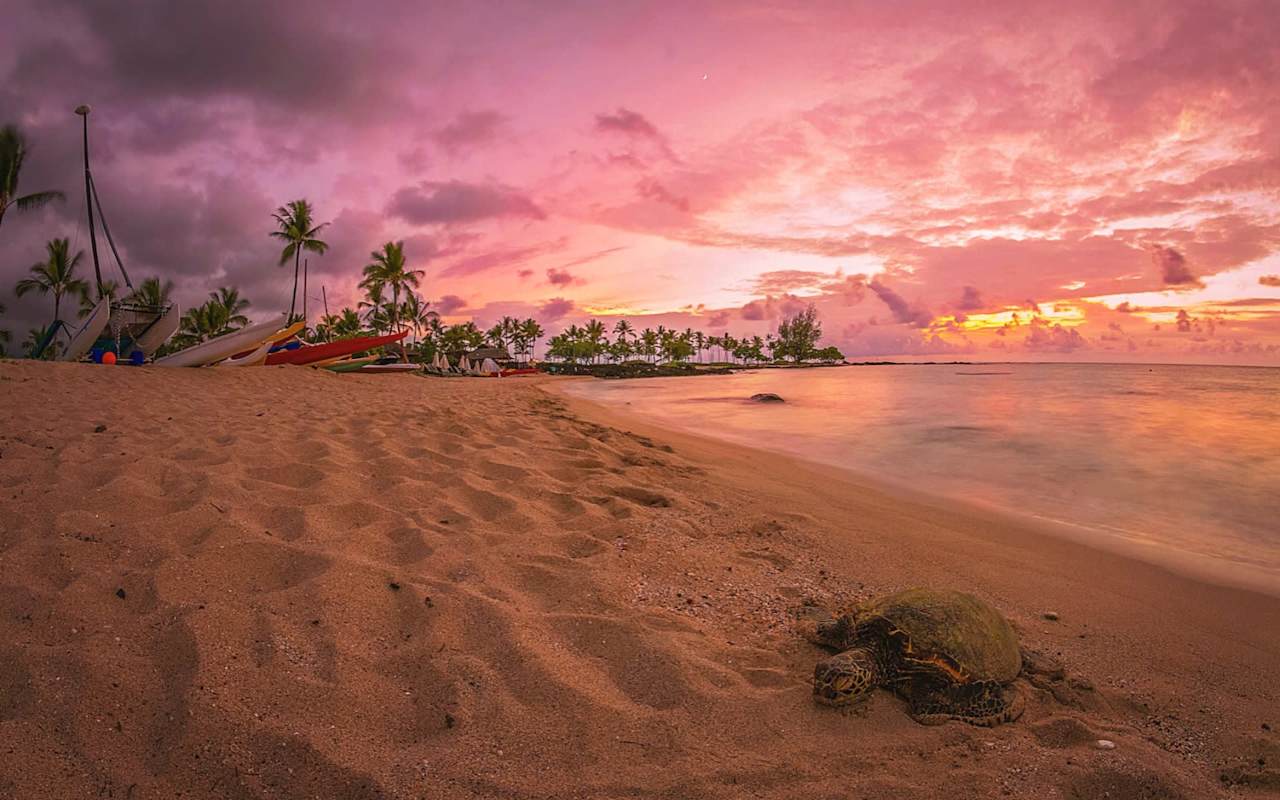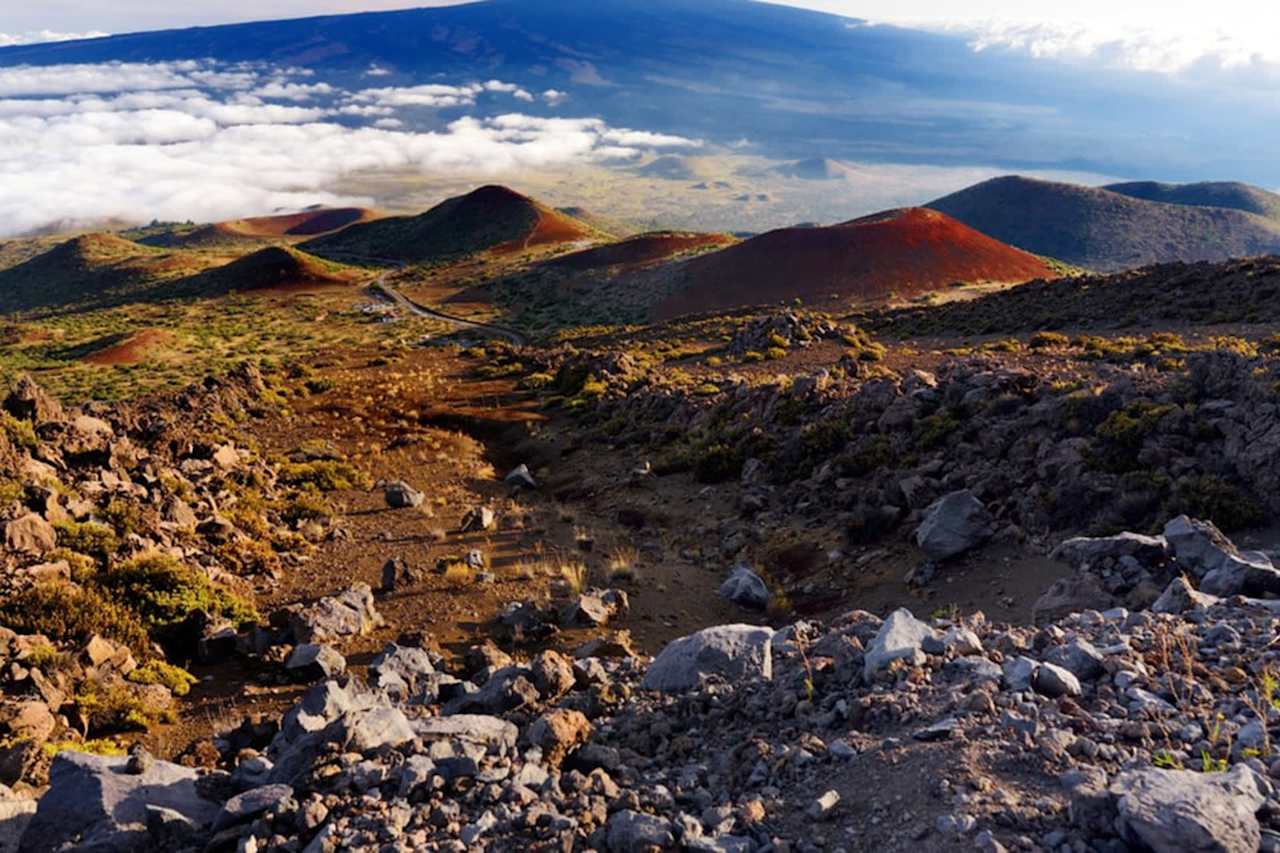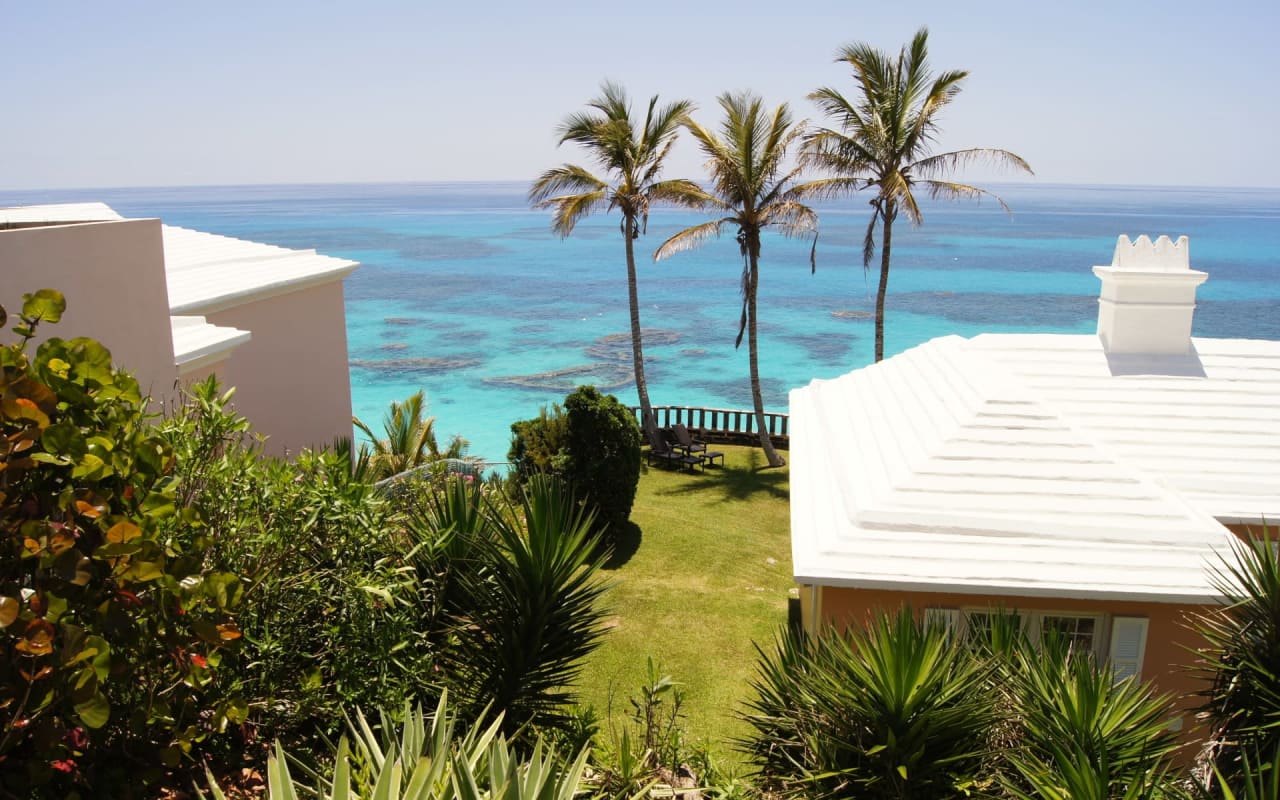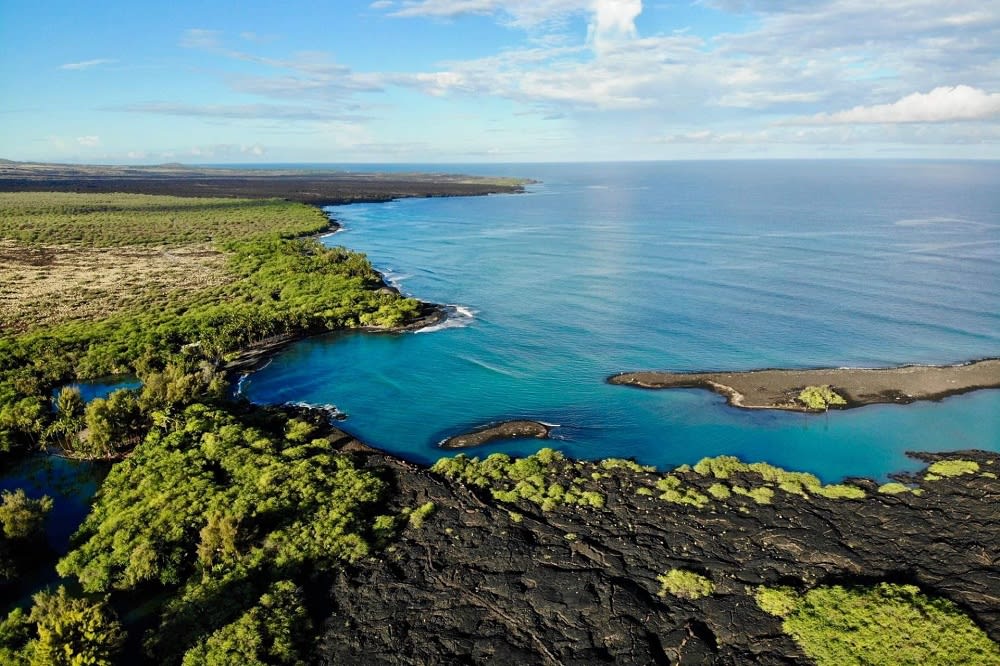Kona, on the western coast of Hawaii's Big Island, is a region with a rich cultural heritage and history. Known for its stunning landscapes and world-famous coffee, Kona also offers a deep connection to Hawaii's past. For those living in Kona, these sites enrich the experience of calling this beautiful place home. This blog explores some of Kona's most cherished historic landmarks, each telling a part of Kona's story and its significance to the island's history.
Hulihe‘e Palace: A Royal Retreat
Hulihe‘e Palace is a monument to Hawaii's royal past, once serving as a vacation residence for Hawaiian royalty. Today, it functions as a museum, offering visitors and residents the chance to step back in time and explore the legacy of the Hawaiian monarchy. The palace has an impressive collection of royal artifacts, furniture, and portraits, providing a tangible connection to Hawaii's regal heritage. The meticulously preserved structure and its grounds offer a serene glimpse into the leisurely lifestyle of the ali'i (royalty), making it a must-visit for anyone interested in Kona history.
Mokuaikaua Church: A Testament to Early Christian Influence
The Mokuaikaua Church, located in the heart of Kailua-Kona, is Hawaii's first Christian church. Established in 1820 by the first American missionaries to Hawaii, the church's structure blends local and Western architectural elements, featuring ohia wood and lava rock construction. The church still stands as an example of the early Christian influence in the islands, offering insights into the period of religious and cultural transformation in Hawaii. Visitors and those living in Kona can explore the church and its grounds.
Ahu’ena Heiau: The Personal Temple of King Kamehameha
Located at Kamakahonu Bay, adjacent to Kailua Pier, the Ahu’ena Heiau served as the personal and final residence of King Kamehameha the Great, unifier of the Hawaiian Islands. This sacred site, carefully restored, once served as a center for political and religious activities in the early 19th century. For those living in or visiting Kona, Ahu’ena Heiau offers a rare glimpse into the spiritual and political life of Hawaii's most celebrated king.
Kealakekua Bay: Where Cultures Collided
Kealakekua Bay holds a pivotal place in Hawaii's history as the site of the first extensive contact between Hawaiian natives and European explorers. It is famously known as the place where Captain James Cook first landed on the islands in 1778 and where he would meet his tragic end in 1779. Today, the bay is not only a historical landmark but also a marine conservation district, offering some of the best snorkeling and kayaking experiences in Kona. The Captain Cook Monument, accessible by foot or water, marks the spot of these historic events.
Pu‘uhonua o Hōnaunau National Historical Park: A Sanctuary of Peace
Pu‘uhonua o Hōnaunau, or the Place of Refuge, offers a unique look into ancient Hawaiian culture and the traditional Hawaiian system of kapu (sacred laws). This sacred site, a 45-minute drive from Kona, provided a sanctuary for those who broke the law and sought forgiveness. Today, it is a beautifully preserved outdoor museum with reconstructed temples, wooden statues of Hawaiian gods, and a replica of the royal grounds. Walking through this park, visitors and residents can experience the tranquility and spiritual significance of this sanctuary, connecting with the ancient practices that governed Hawaiian society.
Kaloko-Honokōhau National Historical Park: A Window to Ancient Hawaii
Kaloko-Honokōhau National Historical Park is a living testament to the ingenuity and spirituality of the native Hawaiian people. The park encompasses a vast area of cultural and historical significance, including ancient fishponds, petroglyphs, and heiau (temples). Visitors and residents exploring this site can learn about traditional Hawaiian aquaculture and the sacred practices that sustained communities. The park's landscapes, from coastal lava rocks to freshwater springs, offer a serene backdrop to discover the deep connection between the land, its people, and their gods, underscoring the holistic approach to living that defines Hawaiian culture.
Kona Coffee Living History Farm: Celebrating Kona’s Coffee Heritage
The Kona Coffee Living History Farm provides a hands-on experience of Kona's world-renowned coffee industry's history and heritage. As the only living history coffee farm in the nation, visitors can step back in time to the early 20th century to see how Kona coffee was grown, harvested, and processed by Japanese immigrant families. The farm offers an immersive experience, with costumed interpreters and working artifacts illustrating the daily lives of these pioneering coffee farmers.
Living in Kona: A Connection to History
Living in Kona provides a unique opportunity to immerse oneself in Hawaiian culture and history. Each historic site and landmark tells a part of the story of Hawaii, from its ancient traditions and royal past to its encounters with explorers and missionaries. For residents, these landmarks are not just tourist attractions but are integral to the community’s identity, offering daily reminders of the island's storied past and the legacy left by those who walked these lands before.
Contact Kris Hazard Today
For those drawn to Kona's historical charm and cultural richness, Kris Hazard is your guide to finding a home that meets your needs and connects you to the heart of Hawaii. Kris is ready to help you navigate the real estate landscape of this historic paradise. Reach out to Kris Hazard today to begin your journey to living in Kona.









